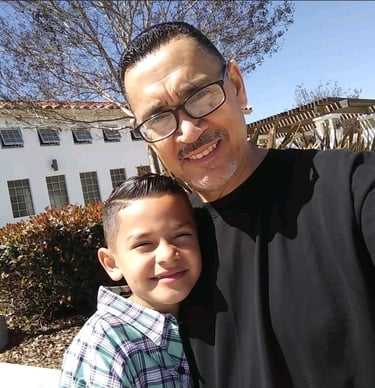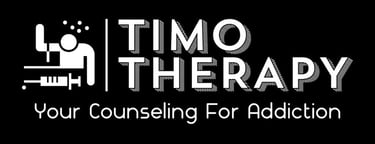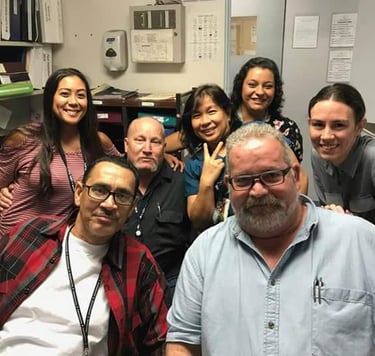The Dangerous Myth of “I’m Cured”: Why Sober Living Is a Critical Bridge, Not an Optional Step
Too many recovering addicts believe they’re "cured" after treatment. This post explores why sober living homes are a vital next step, the relapse risk without them, and how structure, accountability, and community build lasting recovery.
SOBER LIVING LIFE


“I’m Good Now”—The Lie That Kills Progress
One of the most harmful phrases a recovering addict can say after treatment is, “I’m good now.”
It sounds innocent. Optimistic, even. But underneath it is a dangerous belief—that completing 30, 60, or 90 days in a treatment center somehow means the work is done.
In reality, it’s only just beginning.
Addiction is a disease that thrives in unstructured environments, emotional isolation, and familiar triggers. That’s why sober living homes exist—not as a punishment, but as protection. Not as a backup plan, but as a bridge to something real and permanent.
What Is Sober Living—And What Isn’t It?
A sober living home is not a halfway house. It’s not treatment. It’s not incarceration. And it’s definitely not “babysitting.”
It’s a structured, substance-free environment where newly sober individuals live together while building healthy routines. Sober living reinforces responsibility, accountability, and independence, all while offering daily support from others who truly understand the journey.
It’s the middle ground between treatment and total independence—and for many, it’s the reason they stay clean.
Why Skipping Sober Living Is Often a Setup for Relapse
Imagine you’re in treatment for 60 days. You wake up at the same time every morning. You attend groups. You process trauma. You eat regular meals. You sleep well. Your phone use is limited. You’re supervised. You’re safe.
Then one day, you pack your bags, walk out the door—and suddenly, you're in your old neighborhood, with no structure, no support, and no real plan beyond “don’t use.”
That transition is jarring. And for many, it’s overwhelming. The relapse rate within 90 days of leaving treatment is alarmingly high—over 60% for those who don’t transition into some form of aftercare or sober housing.
This isn’t because treatment didn’t work. It’s because real recovery takes longer than a few weeks. Healing the brain, the nervous system, the belief systems—it’s slow, uncomfortable work. And it needs a safe container.
Sober living provides that container.
Real-Life Stories: The Power of Community
Ask anyone who’s thrived in recovery, and you’ll hear one common theme: connection saved me.
In sober living, residents eat meals together. They share chores, struggles, laughter, and sometimes grief. They hold each other accountable. They see each other at their worst and cheer each other at their best. This connection creates a web of support that feels like family—something most addicts lost long ago.
One resident in his third month of sober living put it simply:
“In treatment, I learned how to stop using. In sober living, I learned how to live.”
Why Families Often Resist Sober Living (And Why That’s a Problem)
Sometimes, it’s not the addict who resists sober living—it’s the family. Loved ones often say things like:
“You’ve been gone long enough.”
“Just come home.”
“We’ll help you from here.”
These sentiments come from love, but also from fear and misunderstanding. What families often don’t realize is that bringing someone home too early can be a trigger in itself.
The old dynamics resurface. Resentments bubble up. The emotional weight of the past—combined with access to old contacts or neighborhoods—can quietly undo all the work that was done in treatment.
Families must see sober living not as rejection, but as investment. It’s not pushing someone away—it’s holding space for them to truly stand on their own.
The Building Blocks of Sober Living Success
Sober living works because it focuses on habits. Residents are required to:
Maintain jobs or actively seek employment
Follow curfews
Attend 12-step or recovery-based meetings
Submit to random drug tests
Contribute to the household
Avoid toxic relationships
These habits rebuild lives from the ground up. They offer consistency in the chaos. Over time, these routines become second nature—creating a lifestyle of recovery rather than just abstinence.
How Long Should Someone Stay?
There’s no one-size-fits-all answer. Some stay for three months. Others for six. Many for a year or longer.
But here’s the truth: the longer someone stays in sober living, the higher their chances of long-term sobriety.
One study found that individuals who remained in sober living for six months or more had significantly lower relapse rates—even years later—compared to those who left earlier.
Time matters. The brain takes time to heal. Patterns take time to change. Trust—both in oneself and from others—takes time to rebuild.
From Survival to Stability to Significance
Addiction teaches survival. It trains people to live from moment to moment, chasing relief and avoiding pain.
Sober living teaches stability. It creates a rhythm of life that is safe, predictable, and growth-oriented.
But eventually, those who thrive begin to reach for something more: significance. They want to give back, to help others, to build families, careers, and lives of meaning.
That journey begins with one powerful choice: to take the slower, humbler, more intentional path after treatment—not because it’s easy, but because it works.
It’s Not Over When You Get Sober—It’s Just Starting
Sober living isn’t a detour. It’s not a delay. It’s the real beginning of life without the crutch of substances.
When people skip it, they often circle back to the very place they worked so hard to leave. But when they commit to it—even when it’s uncomfortable—they lay a foundation strong enough to weather the storms of real life.
So if you—or someone you love—just finished treatment, don’t ask, “How fast can we get back to normal?” Ask instead, “What kind of life are we building now—and where is the safest place to build it?”




















